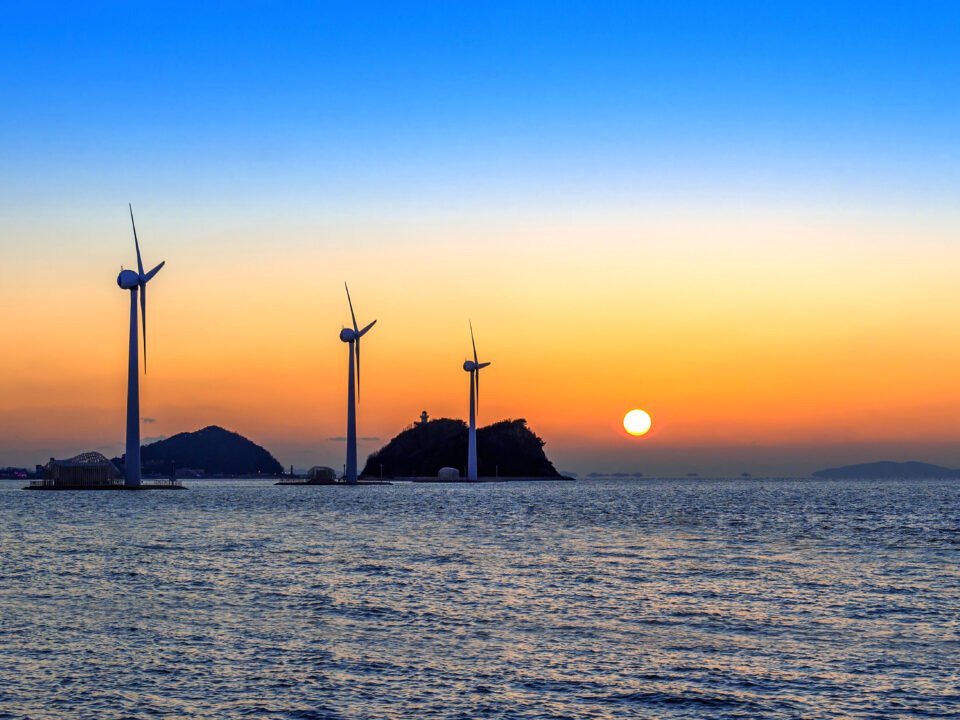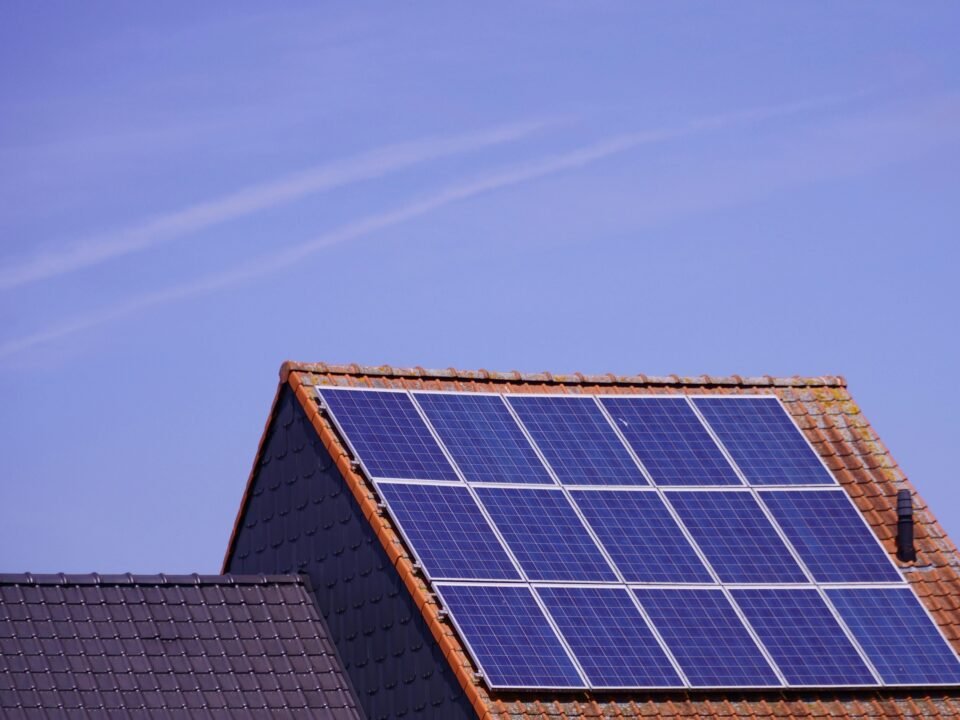Introduction
As the global demand for clean and sustainable energy continues to rise, innovative solutions are emerging to reduce our dependence on fossil fuels. One of the most promising developments in the renewable energy landscape is underwater turbine technology. Much like wind turbines that harness the power of moving air, underwater turbines generate electricity from the movement of water — a far denser and more predictable energy source. This makes them a vital player in the race toward net-zero emissions and the future of clean energy generation.
What Is an Underwater Turbine?
An underwater turbine is a device designed to capture the kinetic energy of ocean or river currents and convert it into electricity. These turbines are often installed on the seabed, where tidal and marine currents flow consistently. The working principle is similar to that of a wind turbine — blades rotate due to the movement of water, driving a generator that produces electrical power.
The main types of underwater turbines include:
- Tidal Stream Turbines – Positioned in areas with strong tidal currents, they capture the bidirectional flow of tides.
- Ocean Current Turbines – Installed in deep waters to harness constant oceanic currents.
- River Turbines – Used in rivers and estuaries where water flow is strong and steady.
Each type has its advantages, depending on environmental conditions and energy needs.
How Underwater Turbine Technology Works
Underwater turbines work on a simple but powerful concept — converting kinetic energy from moving water into mechanical energy, and then into electricity. Here’s how the process unfolds:
- Kinetic Capture: The moving water flows through the turbine blades, causing them to rotate.
- Mechanical Conversion: The rotational motion drives a shaft connected to a generator.
- Electrical Generation: The generator converts the mechanical motion into electrical energy.
- Transmission: The generated electricity is transmitted through underwater cables to onshore power stations for distribution.
Because water is about 800 times denser than air, underwater turbines can generate more power even at lower speeds compared to wind turbines.
Advantages of Underwater Turbine Technology
The potential of underwater turbine technology lies in its ability to deliver reliable, renewable, and low-impact energy. Let’s explore the main benefits:
1. Predictable Energy Source
Unlike solar and wind energy, which depend on weather conditions, ocean and tidal movements are highly predictable. Scientists can forecast tides years in advance, ensuring a consistent power supply.
2. High Energy Density
Due to the density of water, even slow-moving currents can produce substantial energy. This makes underwater turbines more efficient in capturing kinetic energy than comparable wind systems.
3. Minimal Visual and Noise Pollution
Because underwater turbines operate beneath the surface, they don’t alter the landscape or generate noise pollution, preserving natural aesthetics and community environments.
4. Long Lifespan and Durability
Underwater turbines are built to withstand extreme ocean conditions. With proper maintenance, they can function effectively for decades.
5. Contribution to Energy Mix Diversification
By integrating underwater turbines with other renewables like wind and solar, nations can achieve a balanced and resilient energy portfolio.
Environmental Considerations
While underwater turbine technology offers a greener future, environmental concerns must be addressed responsibly. The primary issues include:
- Marine Ecosystem Disruption: Turbine installation may disturb seabed habitats or affect marine species.
- Collision Risks: Though studies show minimal risk, large aquatic animals may come into contact with moving blades.
- Noise and Electromagnetic Fields: The operation can generate low-frequency sounds and EMF emissions that may affect marine life behavior.
To mitigate these challenges, researchers are developing eco-friendly turbine designs, slow-rotating blades, and careful site selection practices that minimize harm to marine biodiversity.
Global Developments in Underwater Turbine Projects
Several countries are investing in underwater turbine research and deployment as part of their renewable energy goals.
- United Kingdom: The UK leads in tidal energy innovation with projects like the MeyGen project in Scotland — one of the world’s largest tidal turbine arrays.
- France: France’s Paimpol-Bréhat project focuses on large-scale marine current energy production.
- Canada: In Nova Scotia, underwater turbines are being tested in the Bay of Fundy, known for having the world’s highest tides.
- Japan and South Korea: Both nations are exploring ocean current turbines to meet growing energy demands sustainably.
These global efforts highlight the increasing recognition of underwater turbines as a vital clean energy source for the future.
Challenges Facing Underwater Turbine Technology
Despite its promise, underwater turbine technology still faces certain hurdles before becoming a mainstream energy source:
- High Installation and Maintenance Costs: Deploying turbines underwater involves complex engineering and expensive equipment.
- Energy Transmission Issues: Subsea cables and grid connections are challenging and costly to install and maintain.
- Limited Accessibility: Harsh underwater conditions can make maintenance operations difficult and risky.
- Regulatory Barriers: Marine energy projects require extensive environmental and safety approvals, slowing deployment.
Researchers and engineers are actively working on solutions — such as modular turbine designs, improved corrosion-resistant materials, and automated underwater maintenance drones — to overcome these limitations.
The Future of Underwater Turbines
As the world transitions toward a carbon-neutral economy, underwater turbine technology stands out as a cornerstone of the next generation of renewable energy. With advances in hydrodynamic design, digital monitoring, and eco-sensitive engineering, the technology is rapidly maturing.
Future developments could include:
- Smart Turbine Networks: AI-driven systems to optimize performance based on water flow patterns.
- Hybrid Marine Farms: Combining underwater turbines with floating solar panels or offshore wind turbines for 24/7 energy generation.
- Expanded Offshore Deployment: Utilizing deeper ocean currents for large-scale power production.
As costs decrease and efficiency improves, underwater turbines could power millions of homes globally, reducing carbon emissions and helping mitigate climate change.
Conclusion
Underwater turbine technology is no longer a futuristic concept — it’s a growing reality shaping the future of renewable energy. By harnessing the immense and predictable power of ocean and tidal currents, these systems promise a cleaner, more sustainable world.
With continued research, responsible deployment, and global cooperation, underwater turbines could soon become one of the most dependable sources of clean electricity — propelling humanity toward a greener, energy-secure future.



